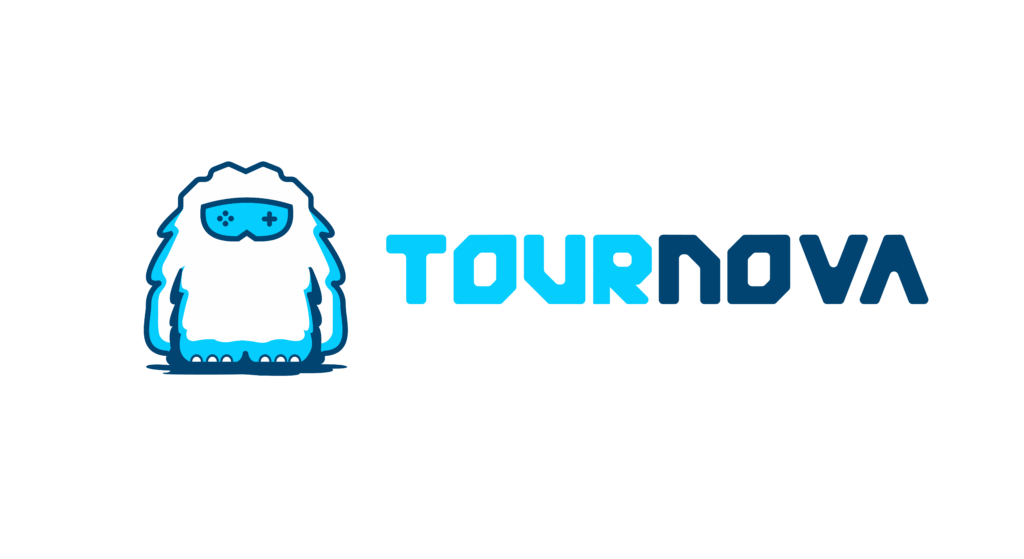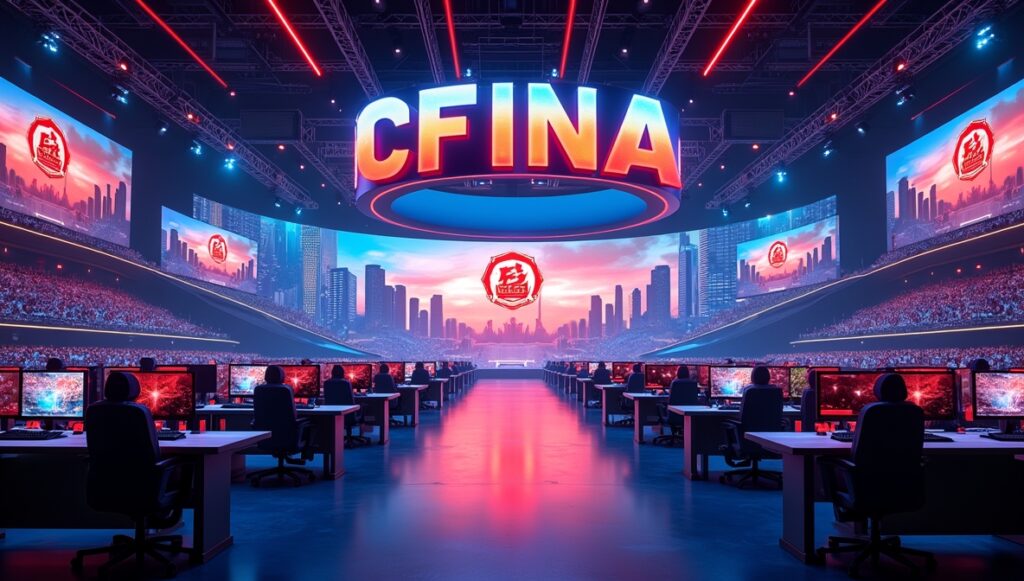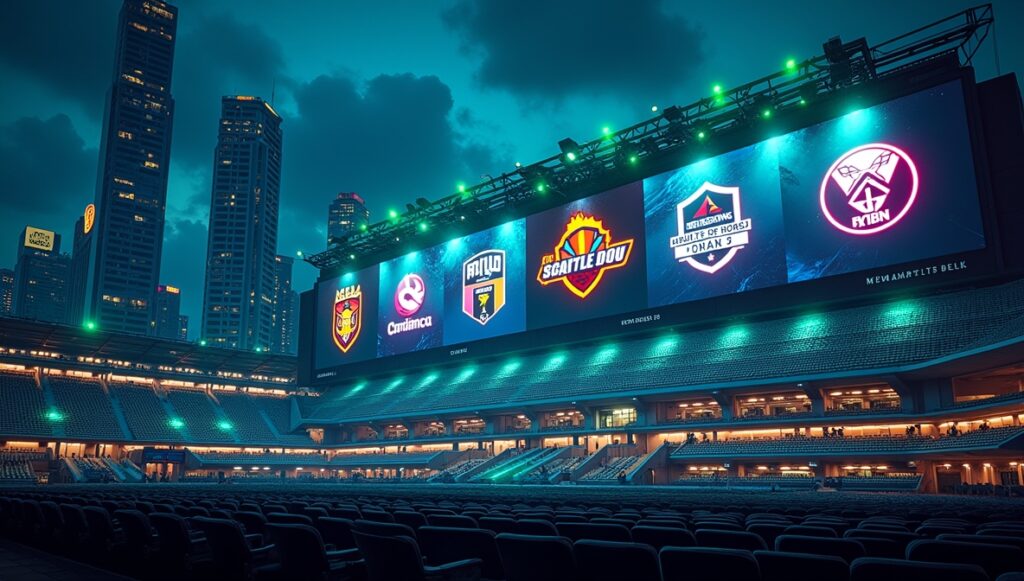When it comes to fighting games, few franchises boast the reputation and longevity of Street Fighter. Over the decades, it has transcended being “just a game” to become a cultural phenomenon, shaping global competitive gaming and esports. Street Fighter is a series where skill meets strategy, and every character brings their own unique strengths and weaknesses to the table. For players who want to step into this dynamic world and compete, understanding a Street Fighter tier list is crucial. Tier lists are the unofficial guidebooks that help us identify which characters dominate in competitive play and why they do so. They highlight the evolution of metas and give players insight into the most viable picks in different Street Fighter games, both past and present. Whether you’re jumping into the latest entry, Street Fighter 6, or celebrating classics like Third Strike, let’s walk through the tier lists for some of the most iconic titles in the series and uncover what makes each game’s top-tier characters so special.
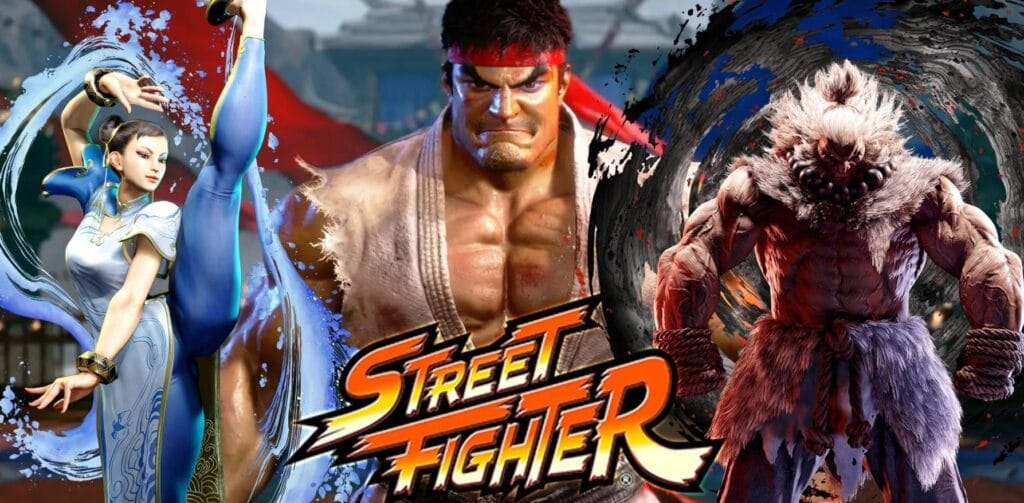
The Purpose of Street Fighter Tier Lists in Competitions
Tier lists are more than just rankings; they’re roadmaps for understanding which characters thrive in competitive play. A Street Fighter tier list reflects how viable each character is in high-level matches, based on their abilities to win against others in tournaments.
Factors influencing these rankings vary by game, but they typically include:
- Frame Data: How quickly a character can launch or recover from attacks.
- Match-up Strengths: How well characters perform against others in one-on-one combat.
- Damage Potential: Raw power to deplete an opponent’s health bar efficiently.
- Ease of Use: How accessible characters are to players of various skill levels.
- Meta Role: Whether a character excels in zoning, grappling, or rushdown strategies.
It’s important to remember, though, that tier lists reflect trends and opinions, which change with patch updates, new strategies, and even individual player skill.
Street Fighter 6: Modern Competitive Meta and Tier List
The most recent title in the series, Street Fighter 6, has introduced fresh mechanics and a vibrant competitive scene. Its Drive System rewards players for managing their Drive Gauge while punishing overuse, leading to a strategic meta where every decision counts.
S-Tier Characters
- Ken: A rushdown specialist who dominates the battle with fiery combos and relentless pressure. His ability to capitalize on corner situations, where opponents have nowhere to run, makes him a player favorite.
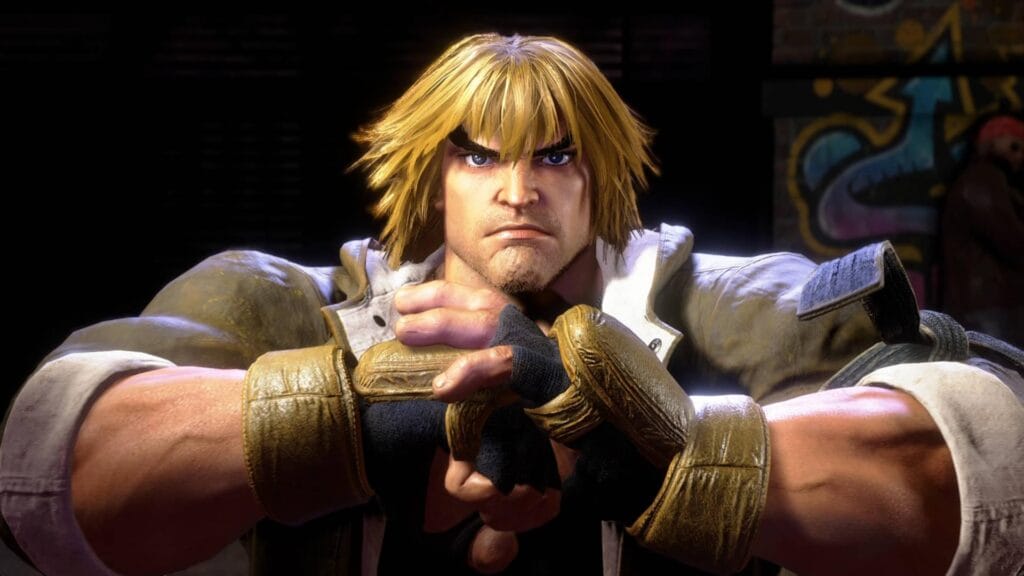
Luke: Known for his consistency, reliable frame data, and versatile toolkit. Luke thrives whether you’re playing offensively or defensively.
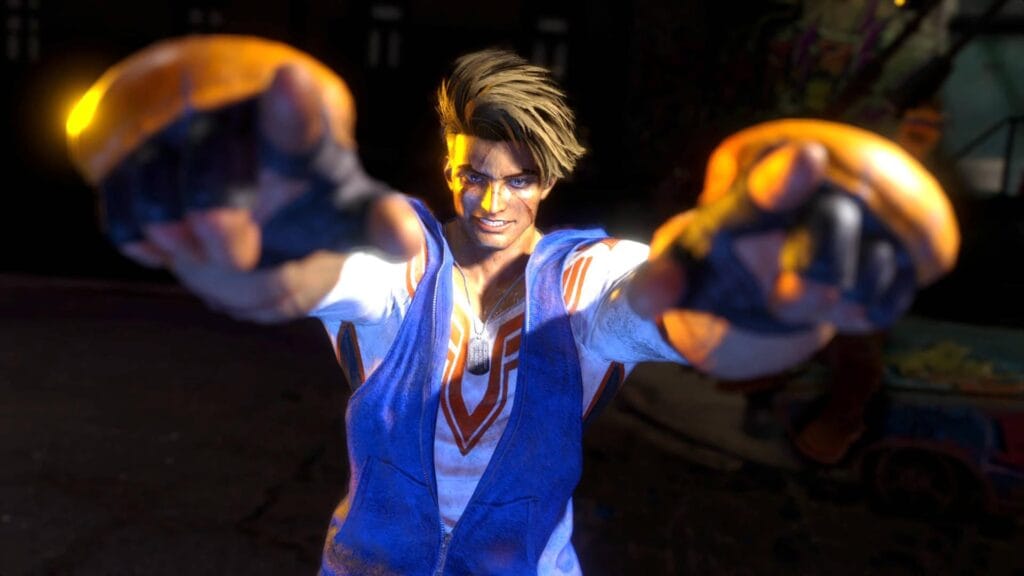
JP: A top-tier zoner, JP’s ability to control the distance with projectiles and teleports frustrates even the most seasoned opponents.

A-Tier Characters
While not as dominant as S-Tiers, A-Tiers on this Street Fighter tier list are still strong in competitive play:
- Juri: With a flexible kit and powerful offensive tools, Juri thrives with players who like calculated risks.

Cammy: Her agility and high-damage combos make her one to watch in tournament scenes.

The Street Fighter 6 tier list is dynamic, and with new DLC characters arriving regularly, the rankings continue to shift. We’ve found that experimenting with different characters is half the fun, as it lets you discover which kit feels the most rewarding to master.
1. Competitive Tier List for Street Fighter III: Third Strike
Even decades after its release, Street Fighter III: Third Strike is still celebrated by the fighting game community. This classic installment introduced parrying mechanics, which allow skilled players to neutralize attacks and turn battles in their favor. Combine this with a deep roster of characters, and you have a perfect mix of challenge and creativity.
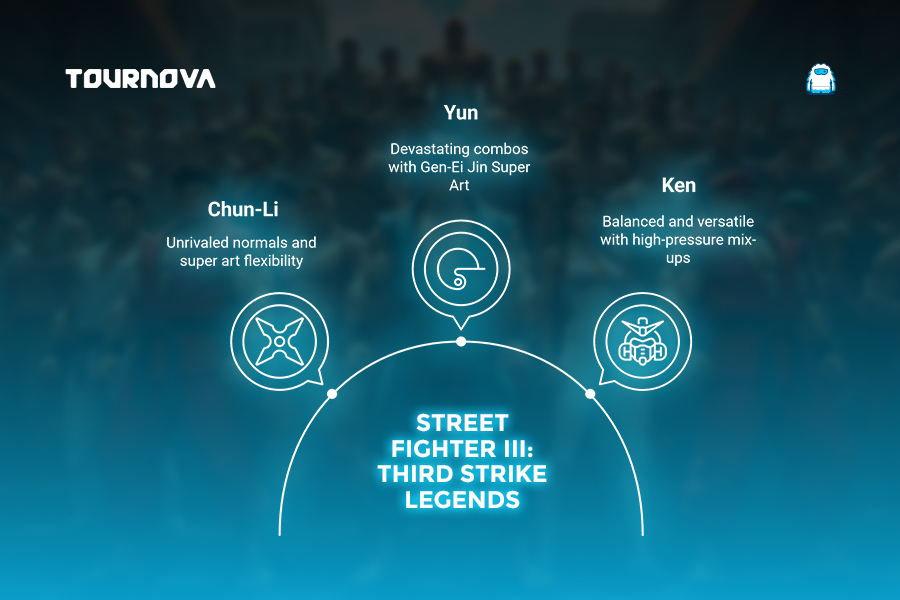
S-Tier Characters
- Chun-Li: Unrivaled in her dominance due to exceptional normals, meter-building potential, and the flexibility of her Super Arts. She’s been a consistent top pick for tournament veterans.
- Yun: His Gen-Ei Jin Super Art allows him to unleash devastating combos and apply insane pressure on opponents. Skilled Yun players are a force to be reckoned with.
- Ken: A balanced option with solid offense and reliable mix-ups. Ken embodies the “easy to learn, hard to master” archetype.
A-Tier Characters
- Ryu: While not as flashy as the S-Tiers on this Street Fighter tier list, Ryu offers dependable tools that reward disciplined, strategic play.
- Makoto: Her high-risk, high-reward style makes her a standout for aggressive players looking to dominate matches.
The legacy of Third Strike has left a massive footprint on the genre, with moments like Daigo Umehara’s legendary Evo 2004 comeback (Evo Moment #37) solidifying its place as a community favorite.
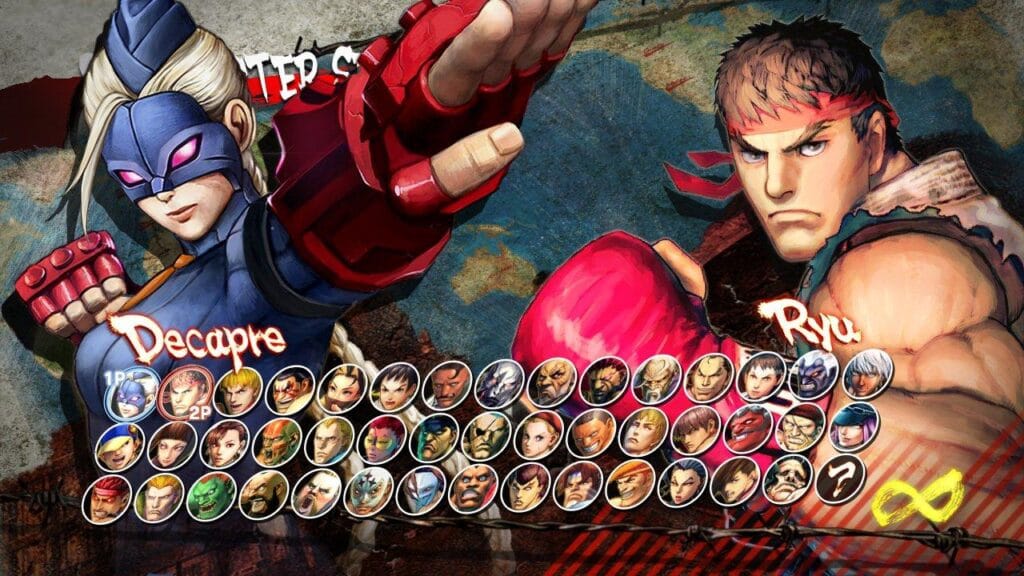
2. Competitive Tier List for Street Fighter IV
Street Fighter IV revived the franchise when it launched in 2008 and became a staple of esports tournaments worldwide. Its Focus Attack system, vivid art style, and polished mechanics made it an instant classic among fans.
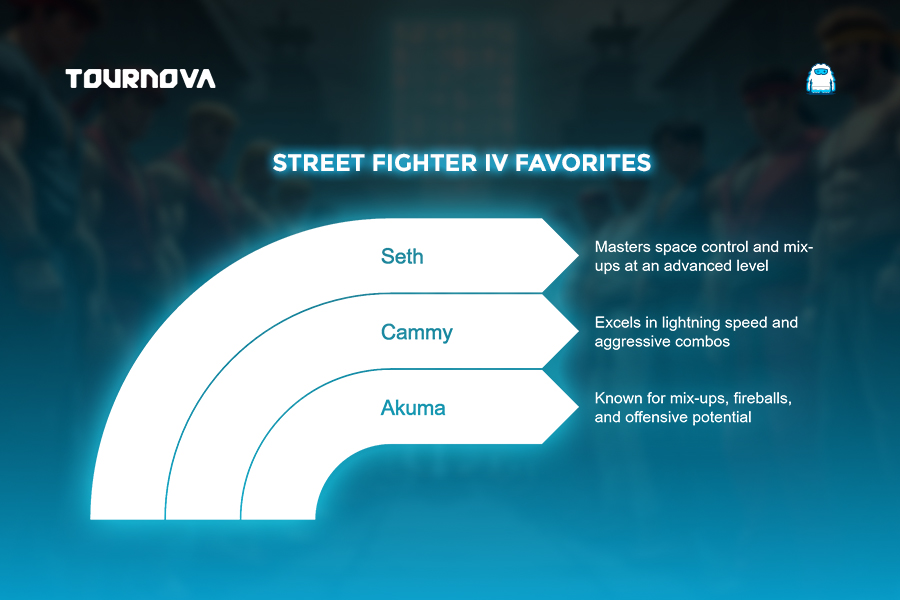
S-Tier Characters
- Akuma: A true menace in the hands of seasoned players, with mix-ups, fireballs, and damaging combos that define high-level matches.
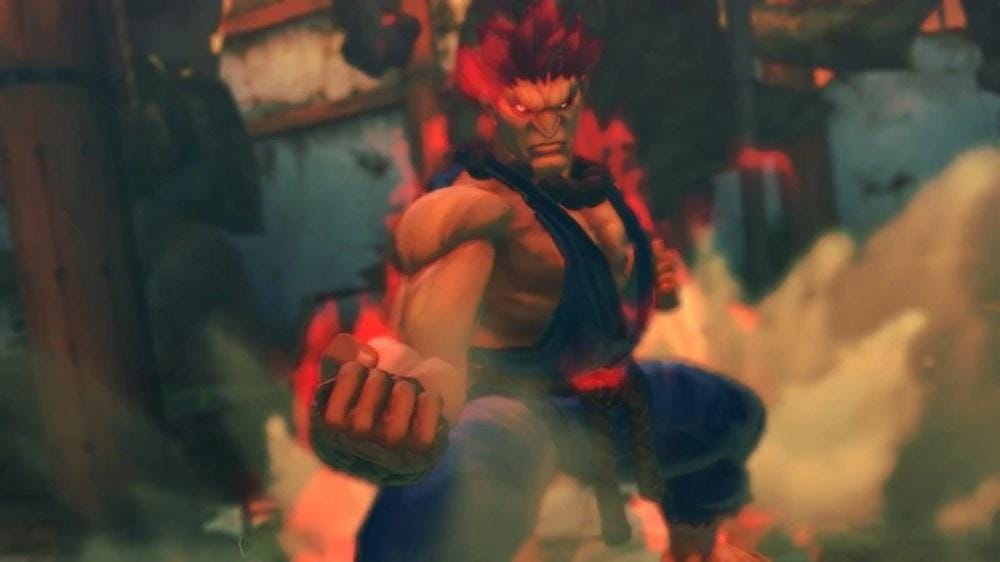
- Cammy: Lightning-fast and lethal with precise combos, Cammy maintained her spot as a hyper-aggressive character.
- Seth: This boss character is an offensive juggernaut, capable of both controlling space and applying mix-ups. His toolkit, however, demands precision and an advanced skillset.
Notable Mentions
- Elena: Controversial due to her healing Super Art, which many argued flipped matches artificially. Though divisive, Elena left her mark on SFIV’s competitive meta.
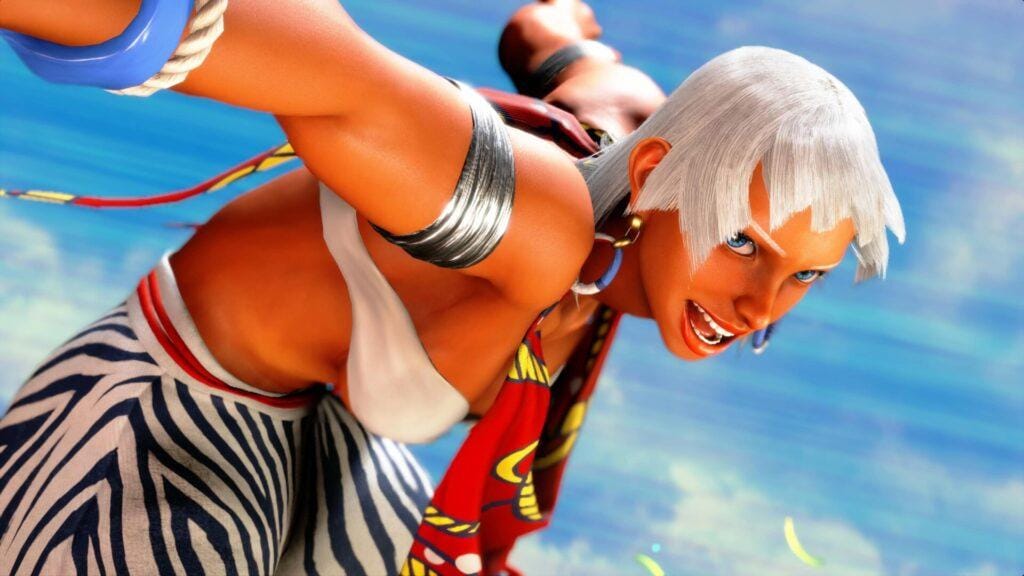
Titles like Ultra Street Fighter IV remain popular in the FGC (Fighting Game Community), with highly memorable moments from tournaments like EVO keeping fans engaged, influencing the perceived Street Fighter tier list for that game.
3. Competitive Tier List for Street Fighter V
Street Fighter V shifted to simplified mechanics, incorporating the V-Trigger system, which brought unique twists to each character’s abilities. While polarizing at first, it became a staple for esports before Street Fighter 6’s release.
Top Tiers
- Rashid: The king of mobility and pressure, Rashid felt almost impossible to pin down in many patches.
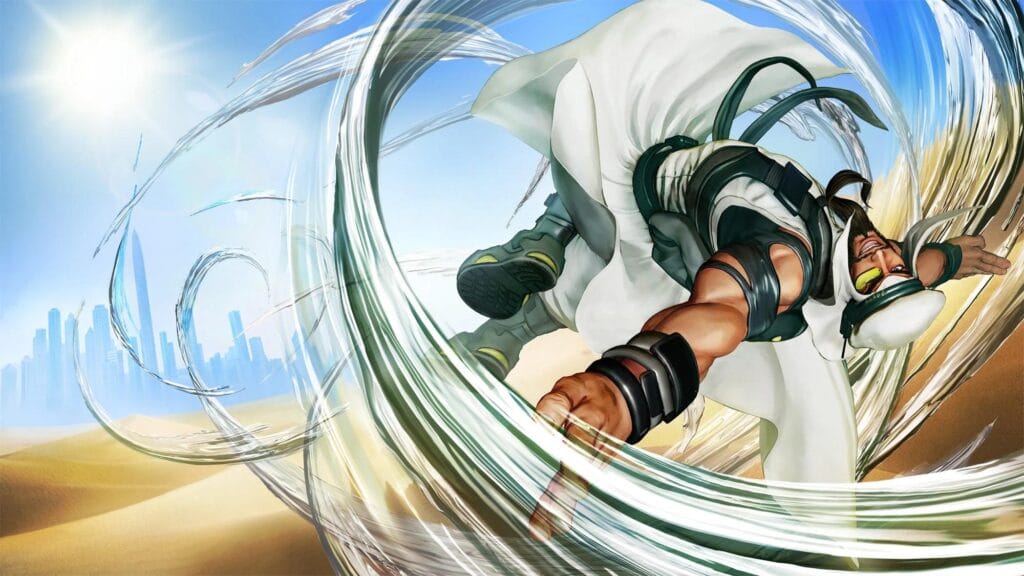
- Urien: His V-Trigger setups and destructive mix-ups left a lasting impression during tournaments.
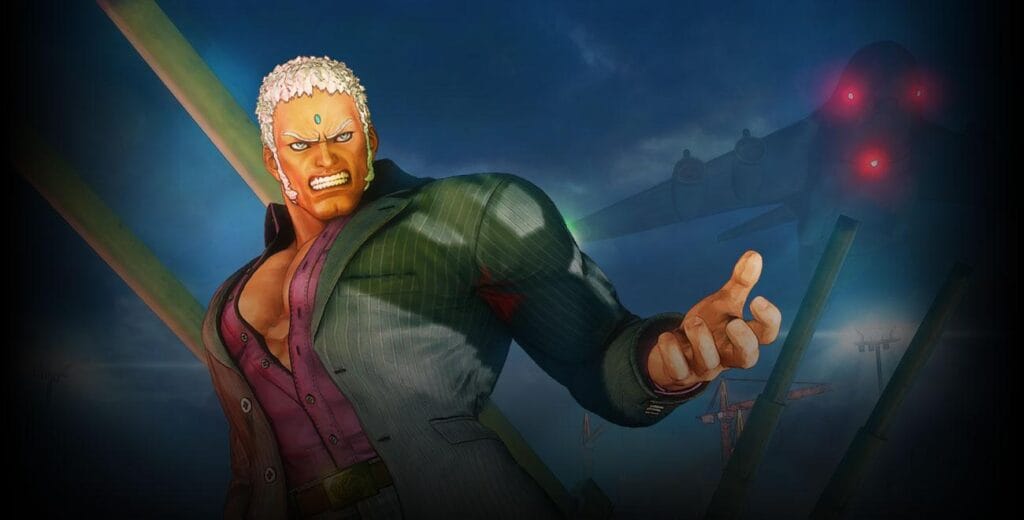
- Karin: Remarkably strong footsie game and punishing combos rewarded players who mastered her precision.
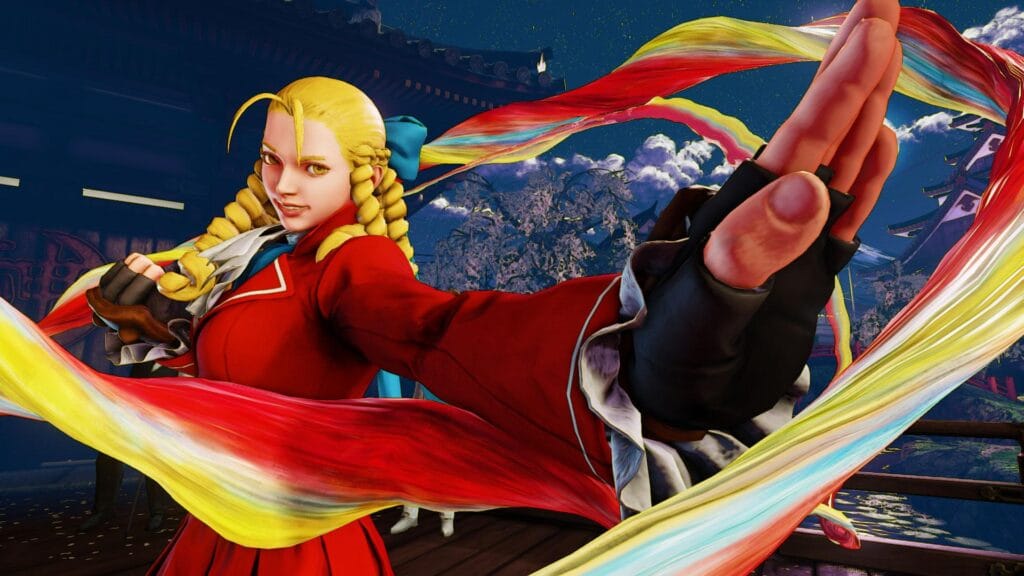
Lower Tiers
- Characters like F.A.N.G. were often overlooked due to their awkward mechanics and inability to dish out significant damage. However, dedicated fans still found utility in them through creative setups.
Why Street Fighter’s Legacy Games Are Still Relevant
Titles like Third Strike and Ultra Street Fighter IV remain staples in esports. Why? Their intricacies and skill-based meta encourage a depth of gameplay that rewards practice and experimentation. Players find nostalgia in these older games while continuing to push their limits; a balance that resonates across regions.
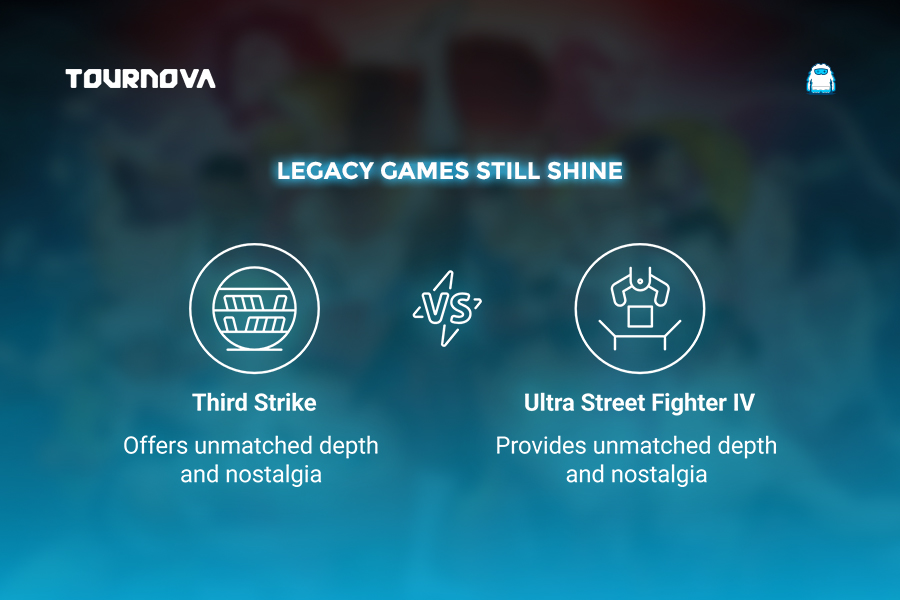
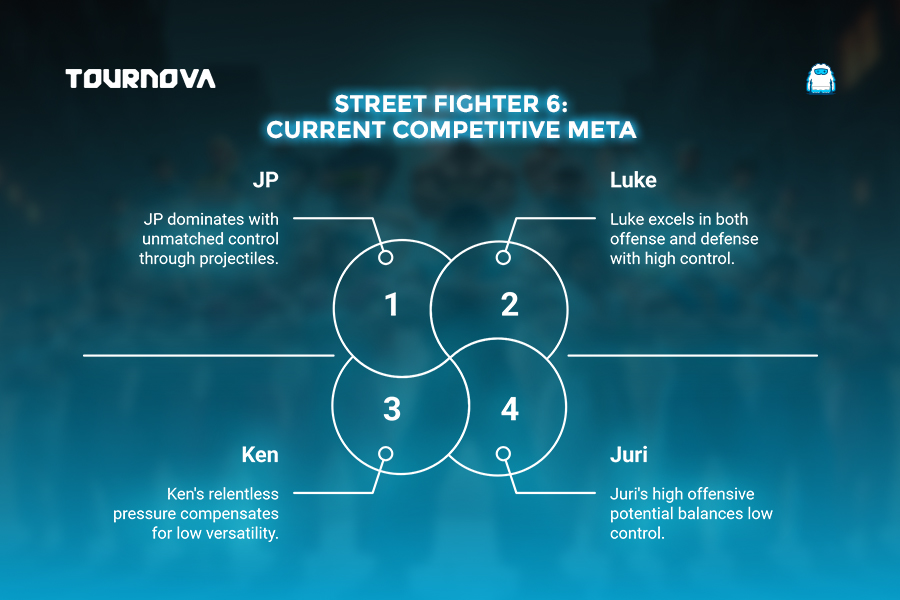
Tournova: Simplifying Competitive Edge in Fighting Games
Just as mastering Street Fighter characters requires strategy and adaptability, Tournova equips players and organizers with efficient tools to dominate the competitive landscape of fighting games. By utilizing its Telegram and Discord-based integration, Tournova streamlines tournament management with features like bracket automation, real-time score reporting, and transparent prize distribution, ensuring that gamers can focus on sharpening their skills and executing perfect combos akin to top-tier Street Fighter characters like Ken or Chun-Li.
For players aiming to rise through ranks or experiment with diverse tournament formats, Tournova’s token economy enhances engagement by offering rewards for participation, high performance, and community challenges. These tokens can unlock premium tournament access, bid on exclusive rewards, and incentivize long-term player commitment, rewarding mastery of characters high on the Street Fighter tier list. With its accessibility, customization, and focus on competitive and casual gamers alike, Tournova emerges as the perfect hub for fighting game enthusiasts to unleash their potential and redefine their meta-driven strategies in tournaments.

Wrapping Up: Mastering the Street Fighter Tier List
Street Fighter tier lists help us understand the meta, but the true joy of Street Fighter comes from finding a character that matches your playstyle. Whether you’re mastering combos with Chun-Li in Third Strike or experimenting with JP’s zoning in Street Fighter 6, every game in the franchise offers something unique. Stick with what excites you, and don’t hesitate to defy the rankings to put your own spin on the game. What are your favorite characters in Street Fighter, and where do they rank? Let’s hear your thoughts and celebrate this legendary franchise together!
Read about all the pro gaming tier lists and best players records on Tournova.
FAQs
1. Why do Street Fighter tier lists change frequently?
Tier lists evolve as updates bring balance patches, new characters, and advanced techniques discovered by players during competitive play.
2. Which Street Fighter game is best for beginners?
Street Fighter 6 is beginner-friendly due to its simplified inputs and accessible mechanics, but Street Fighter V is also a great starting point.
3. How important is player skill in achieving success with lower-tier characters?
Skill plays a huge role; many lower-tier characters can excel in the right hands. Tactical strategy often outweighs raw power.
4. Are new DLC characters typically overpowered?
Sometimes, new characters in games like Street Fighter 6 debut strong to encourage hype, but they are often balanced in future patches.
